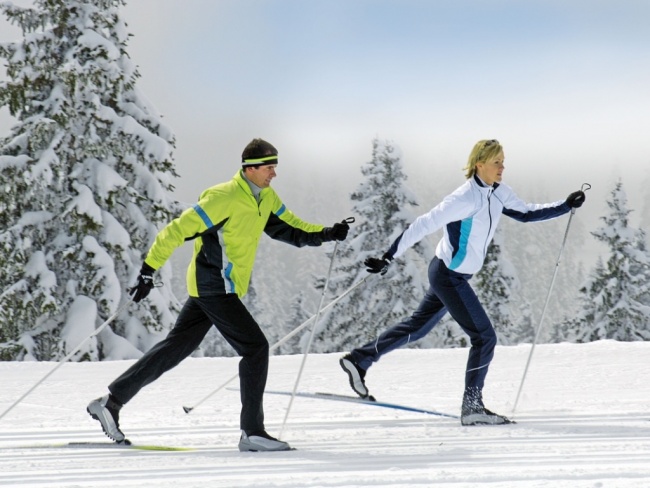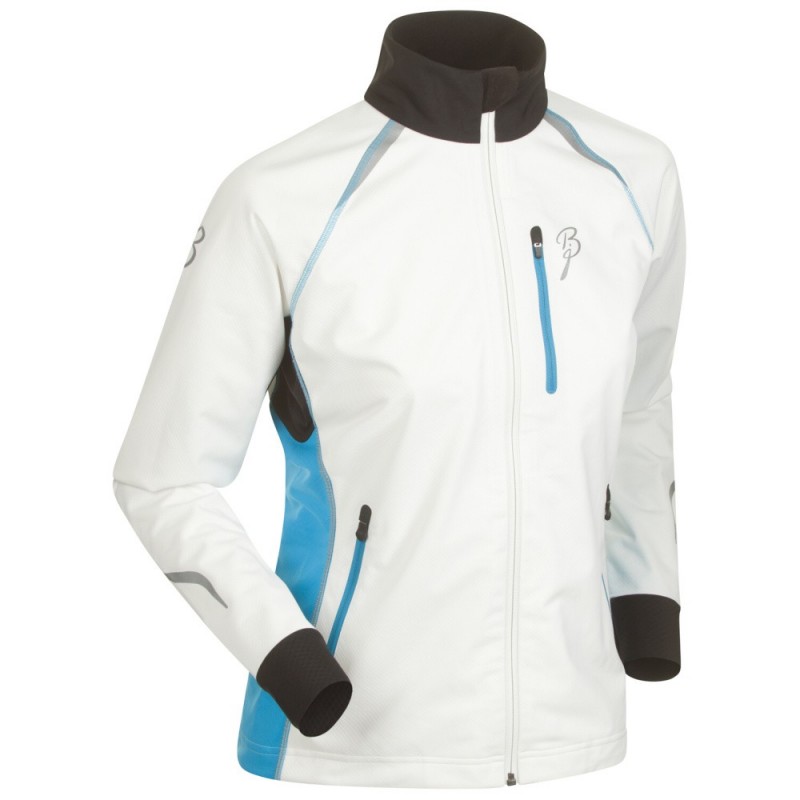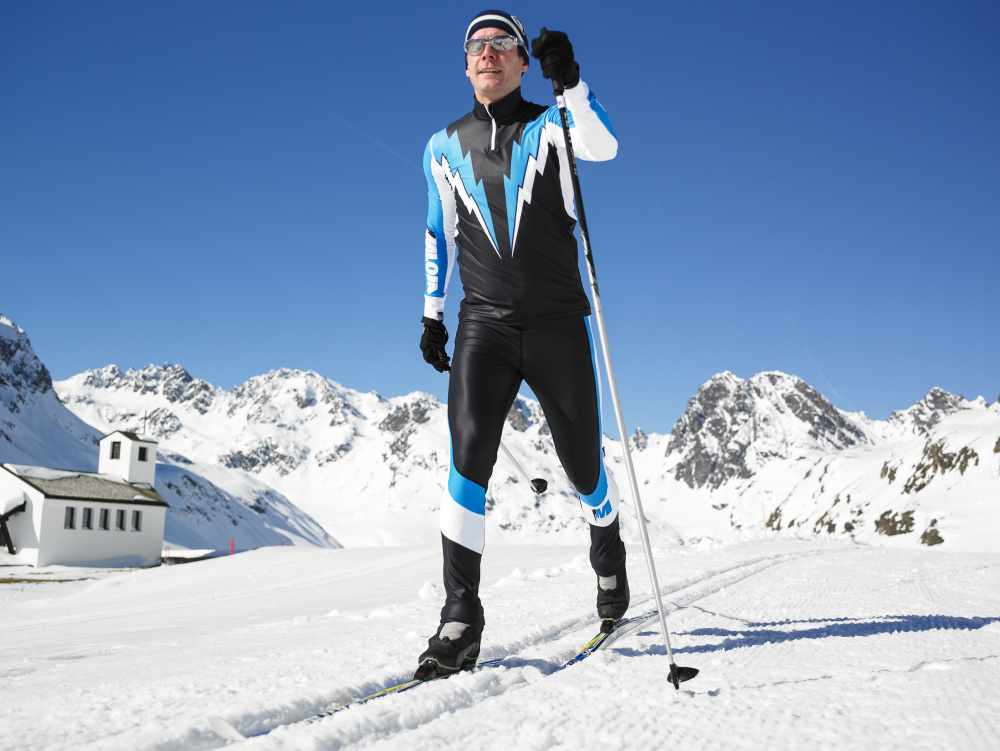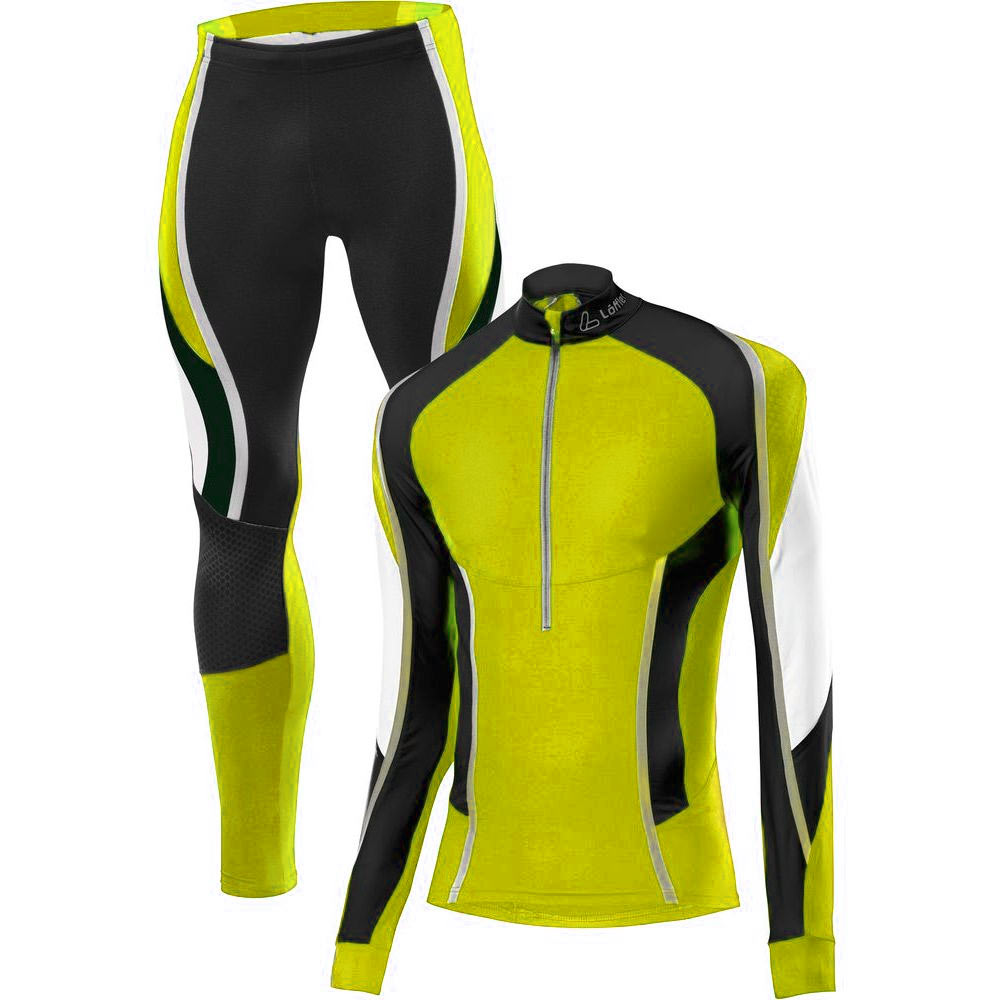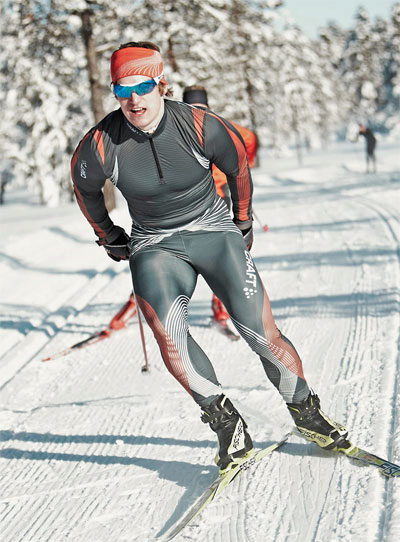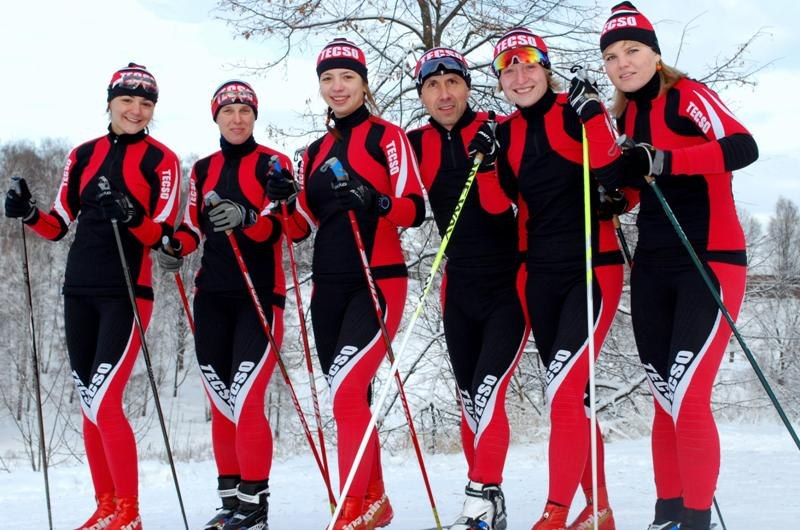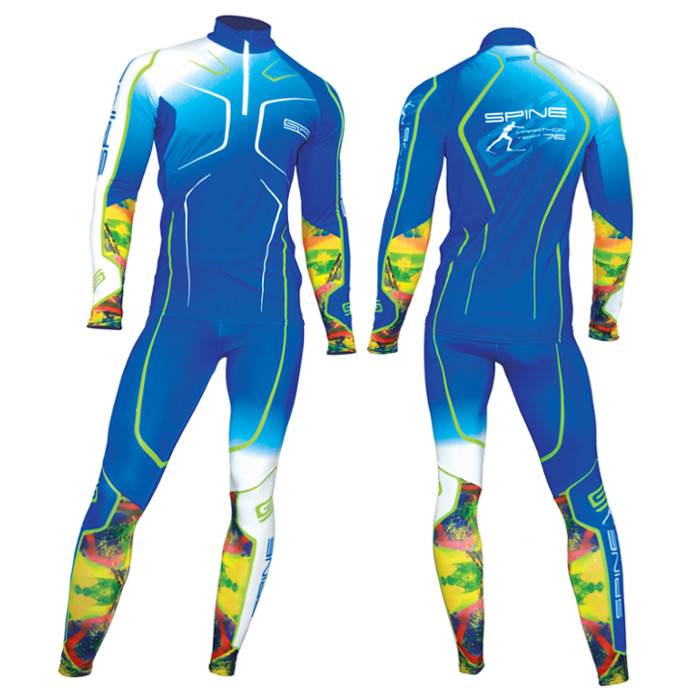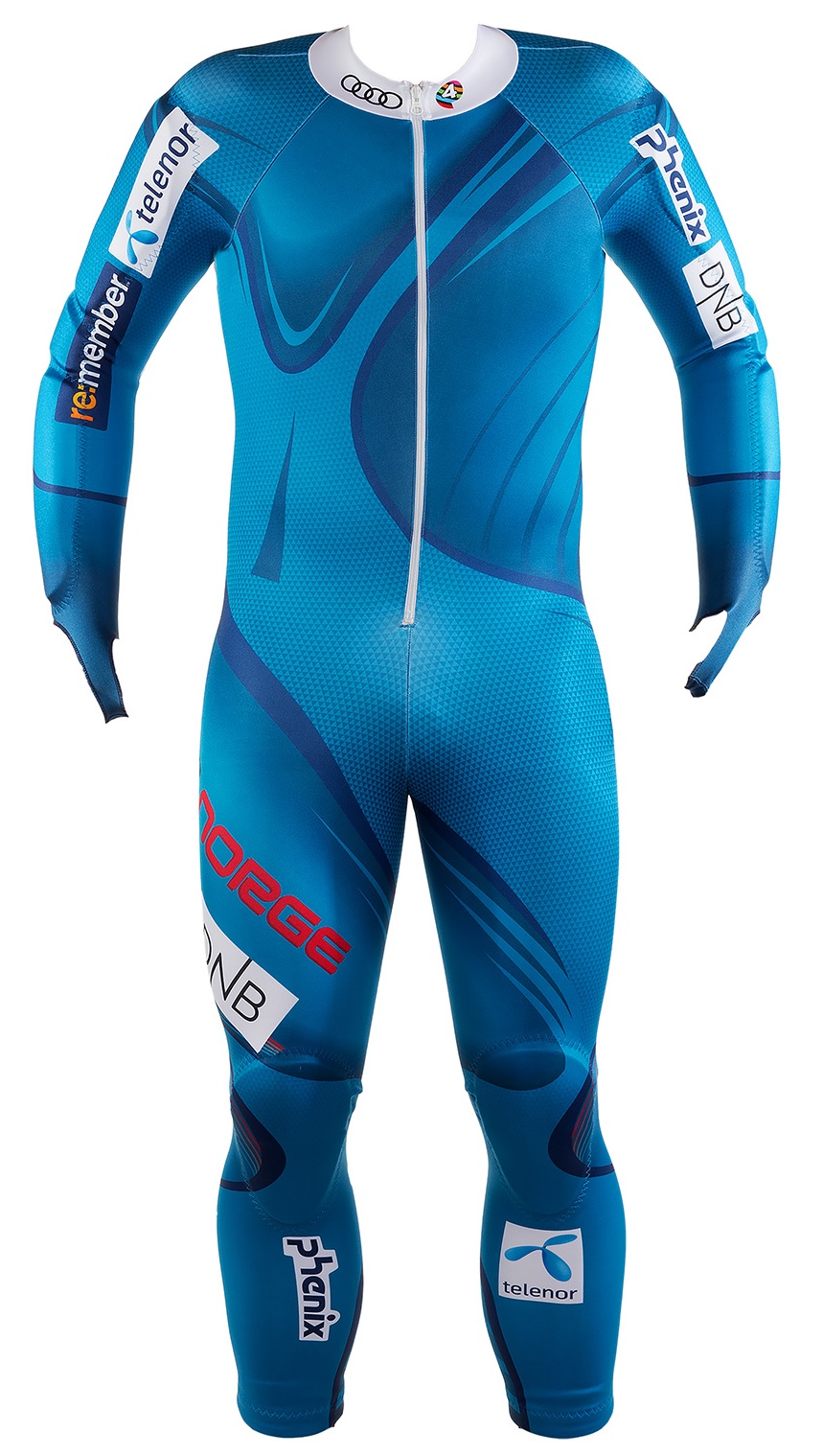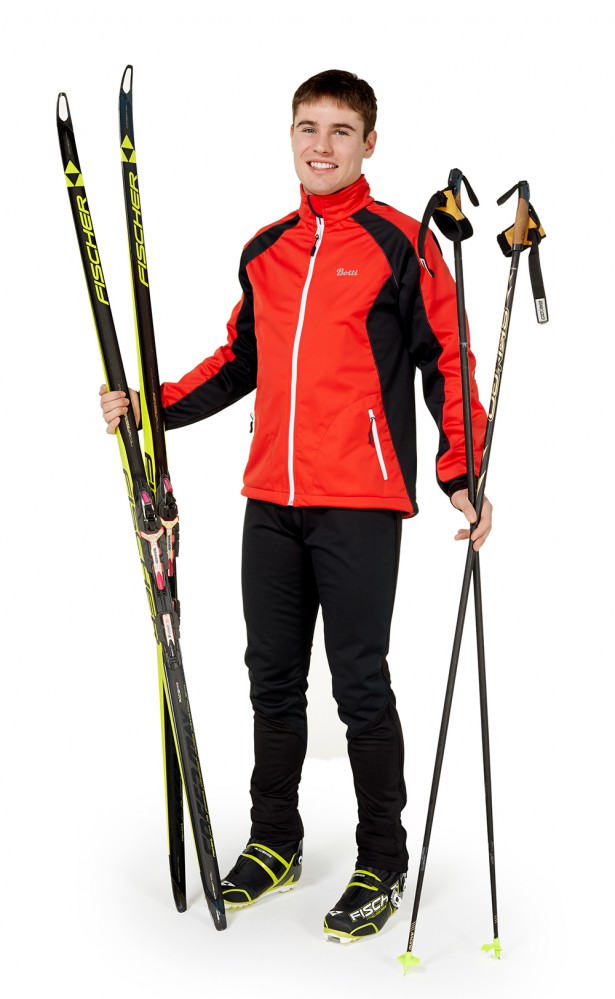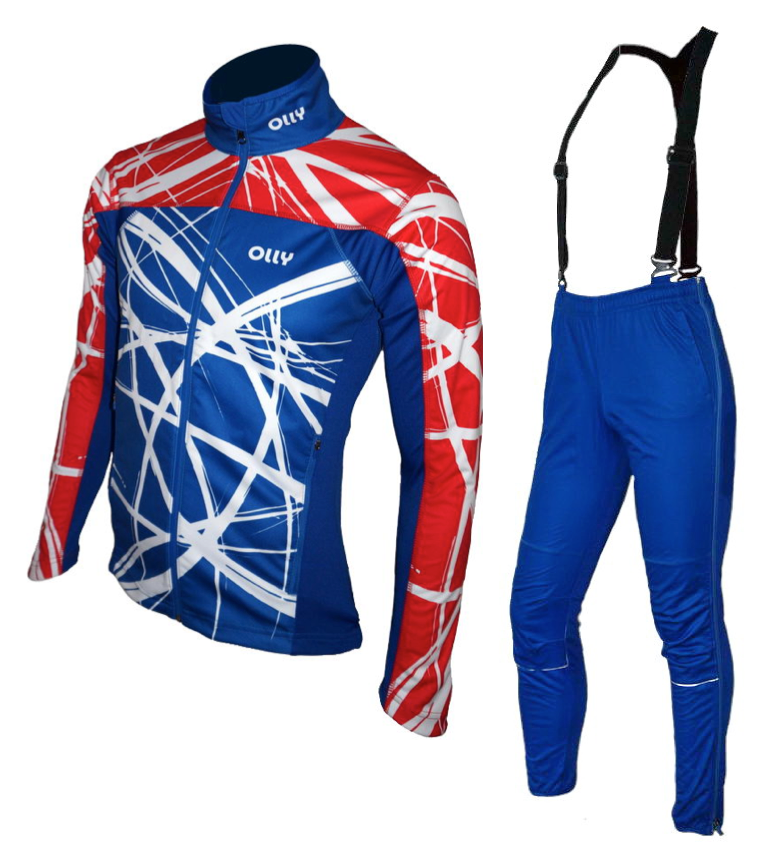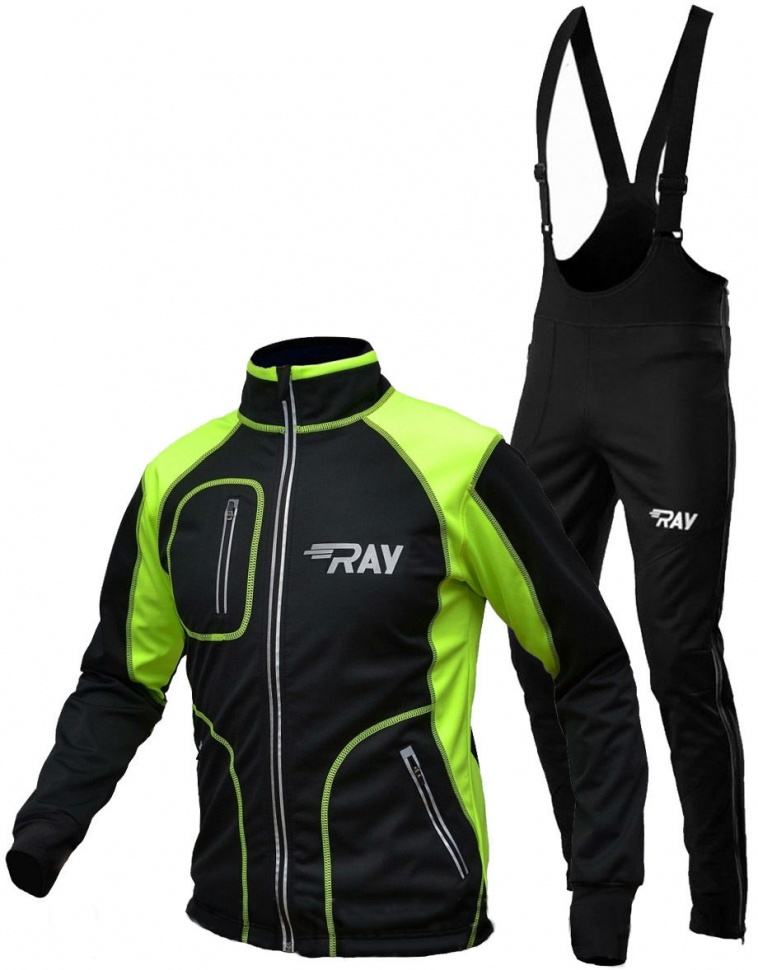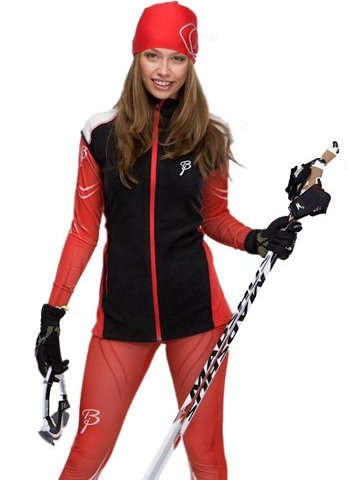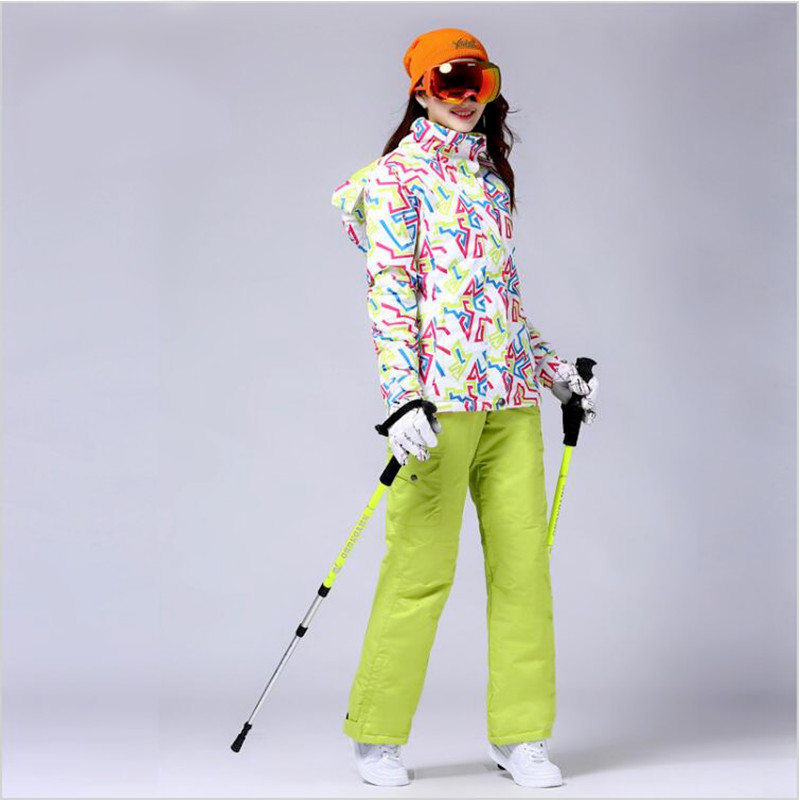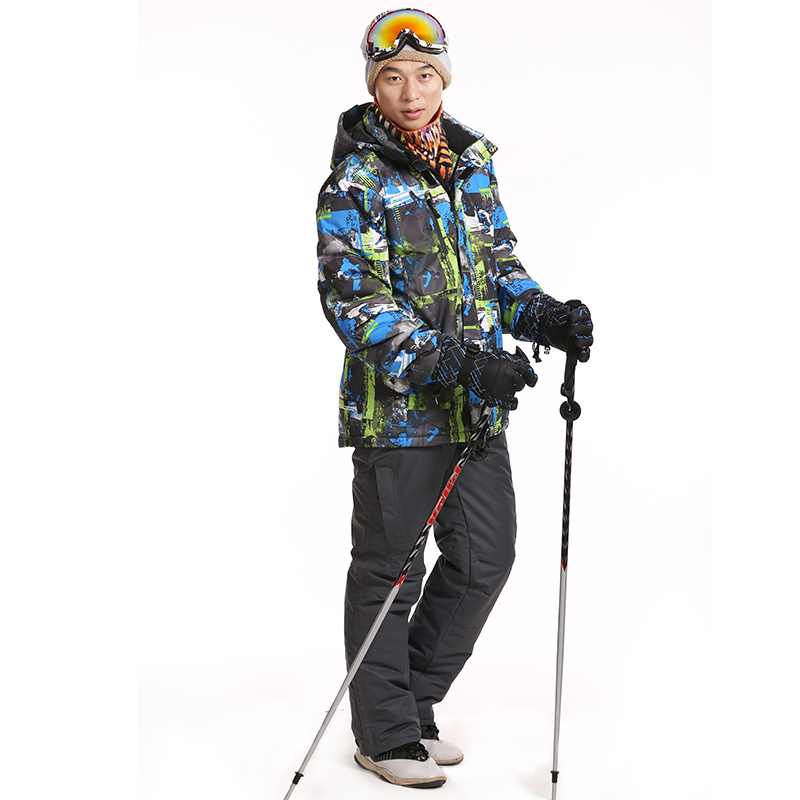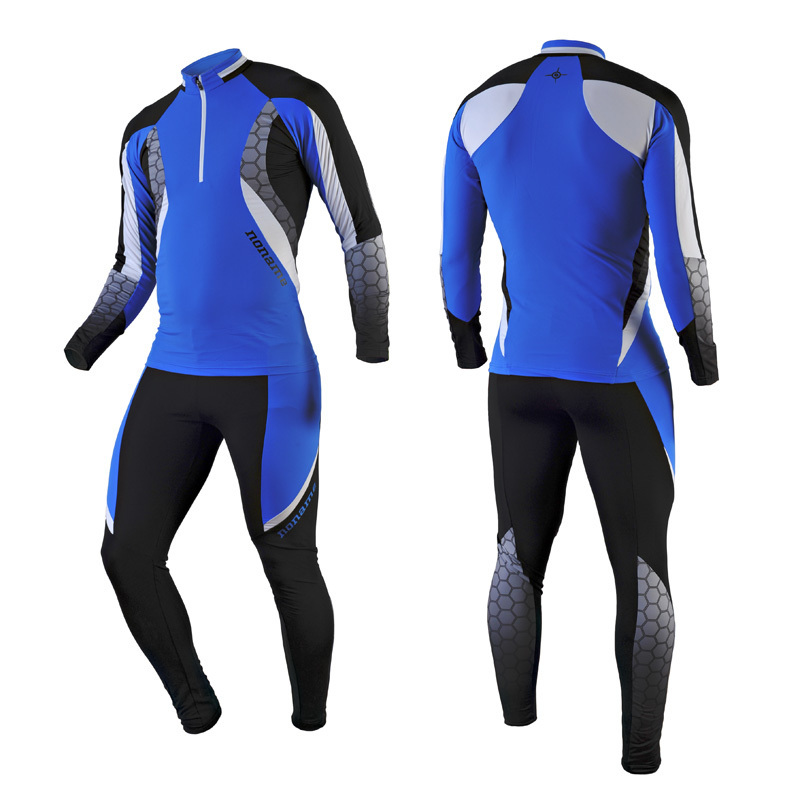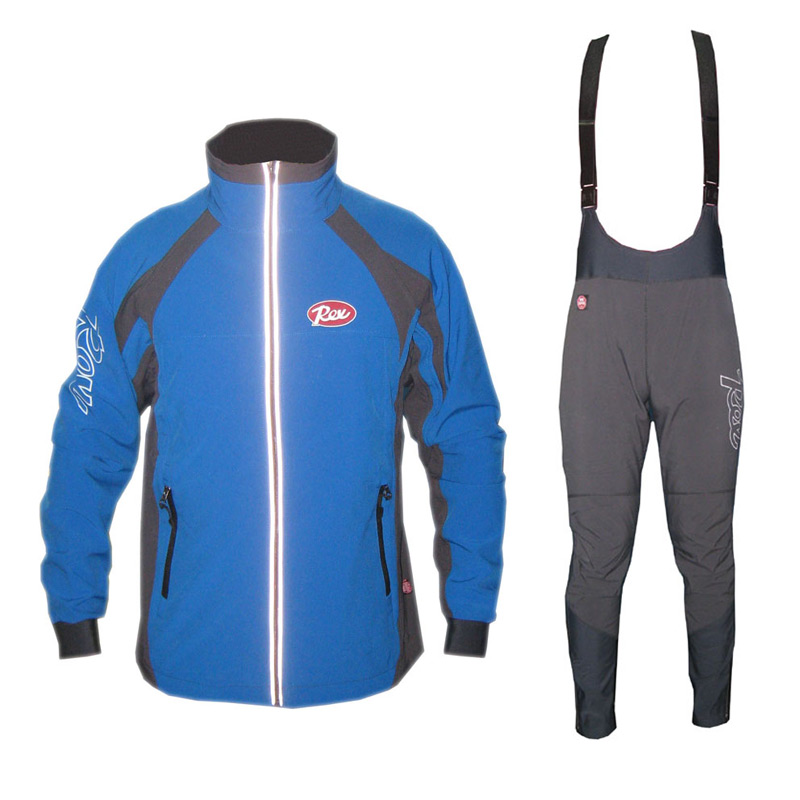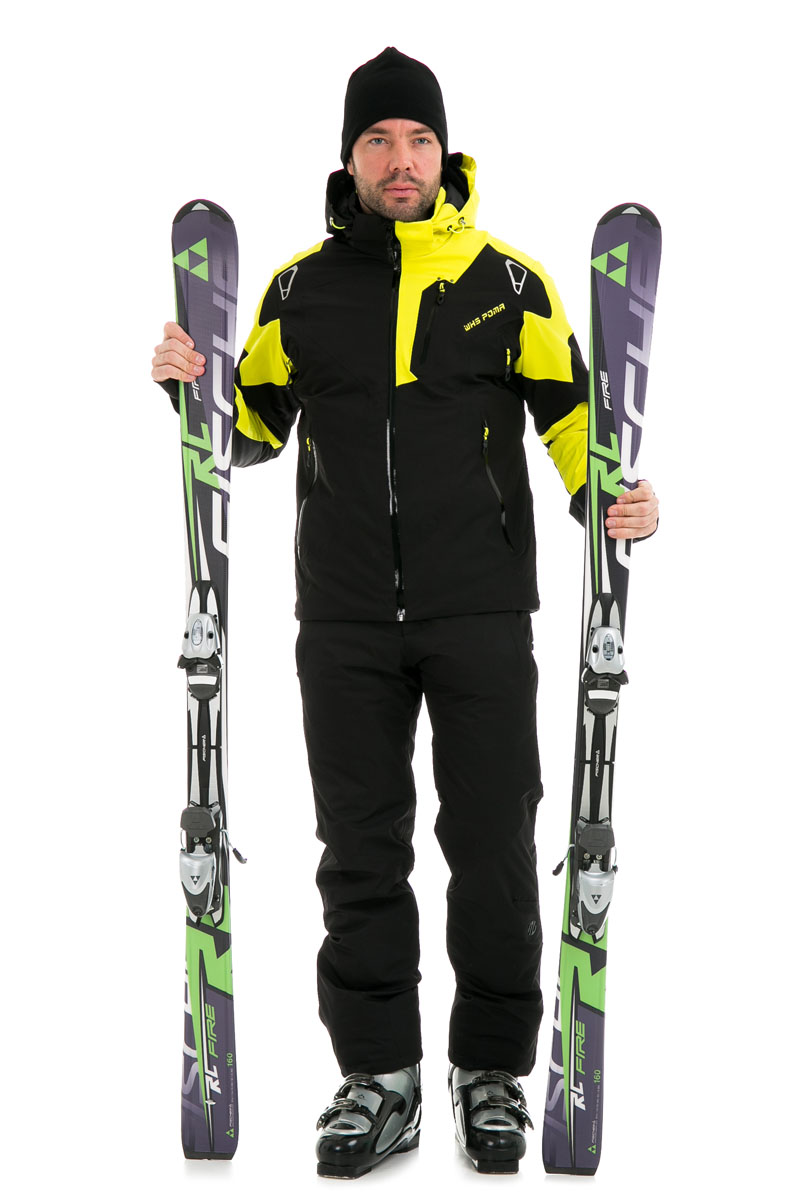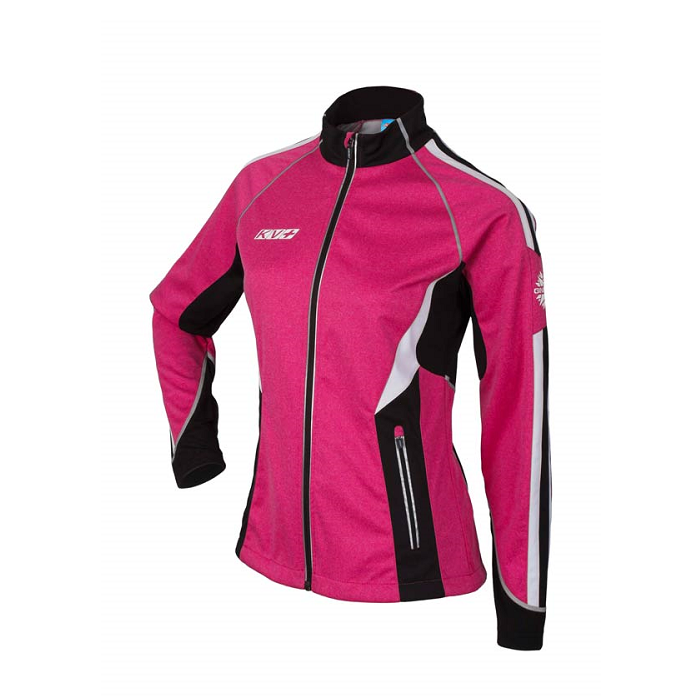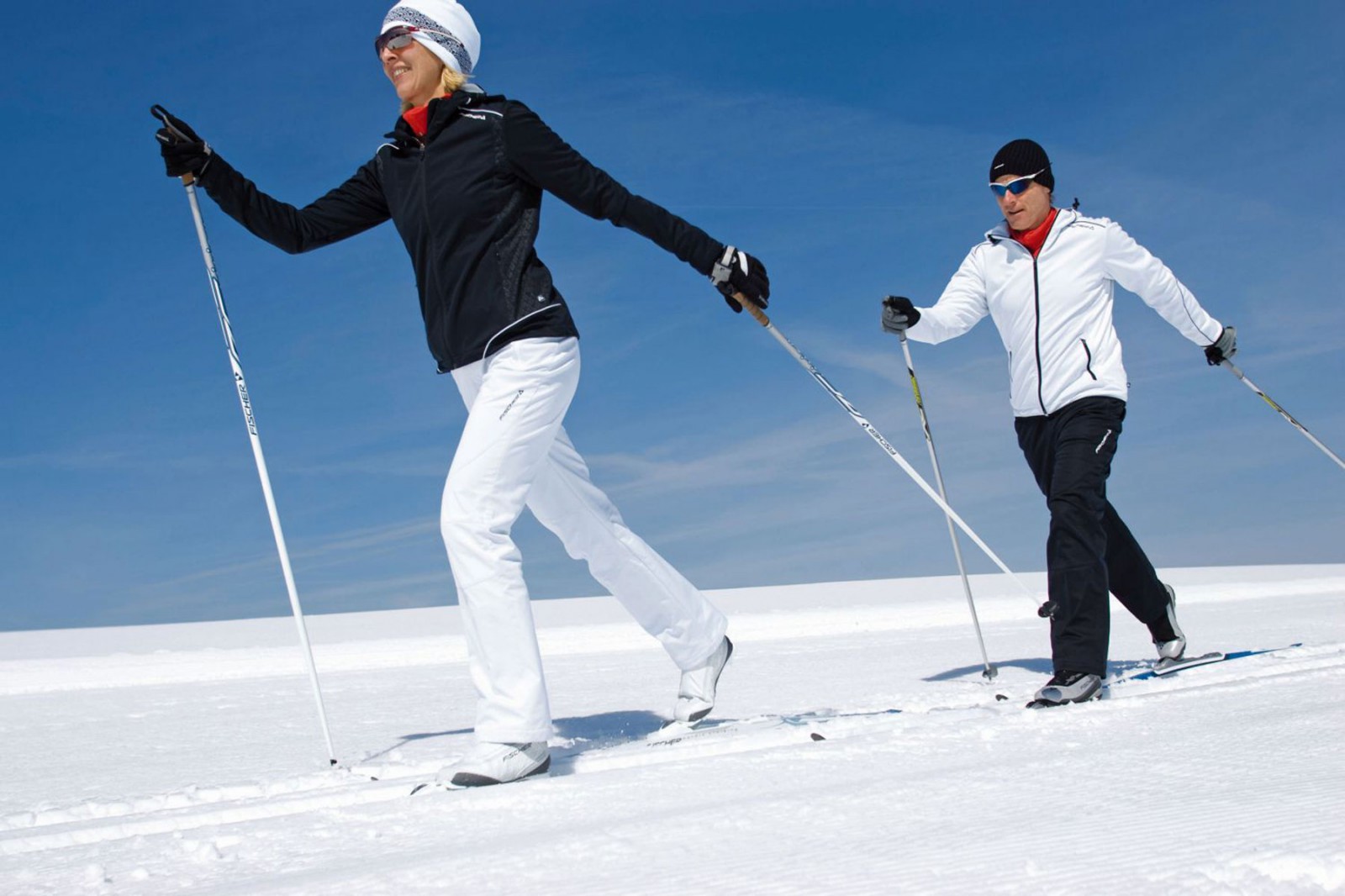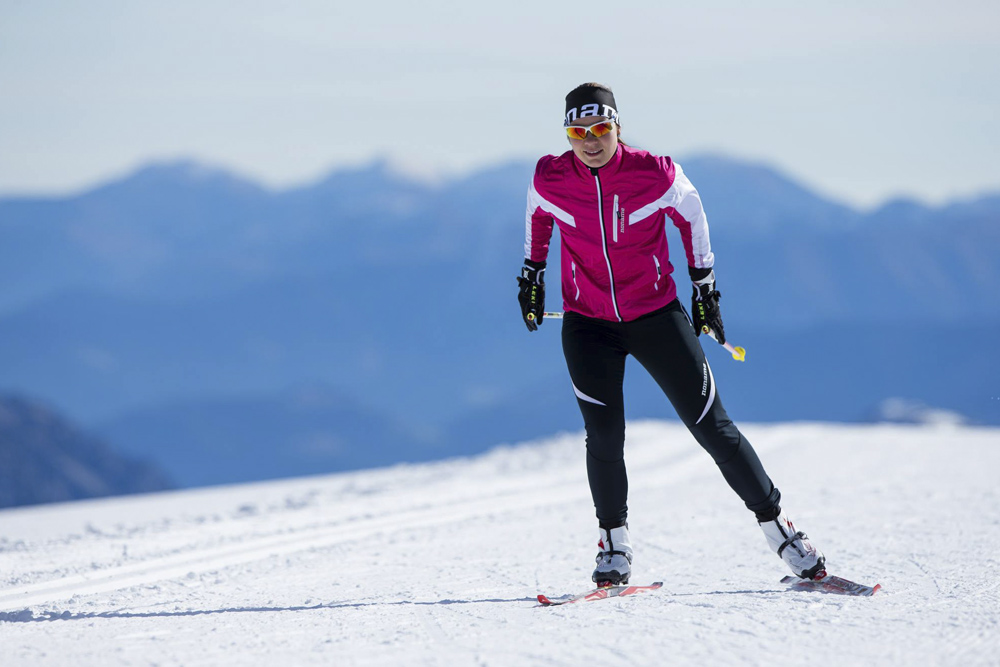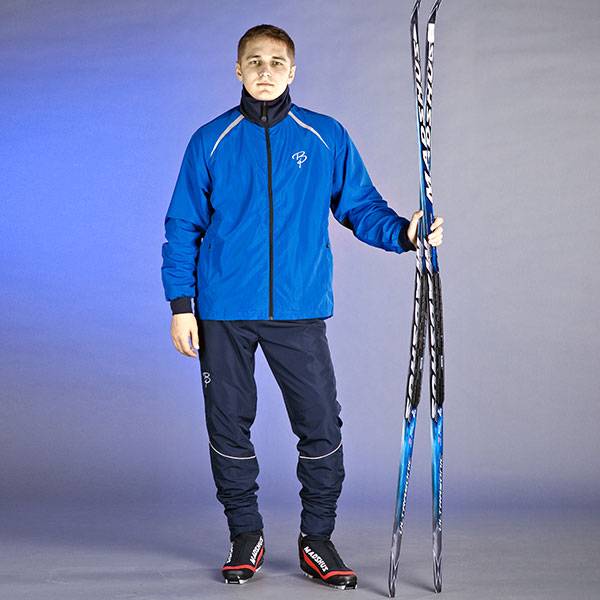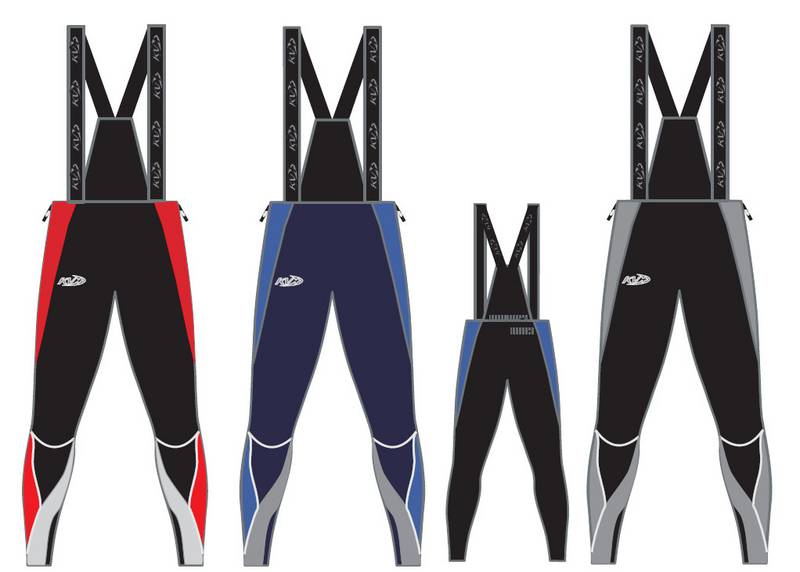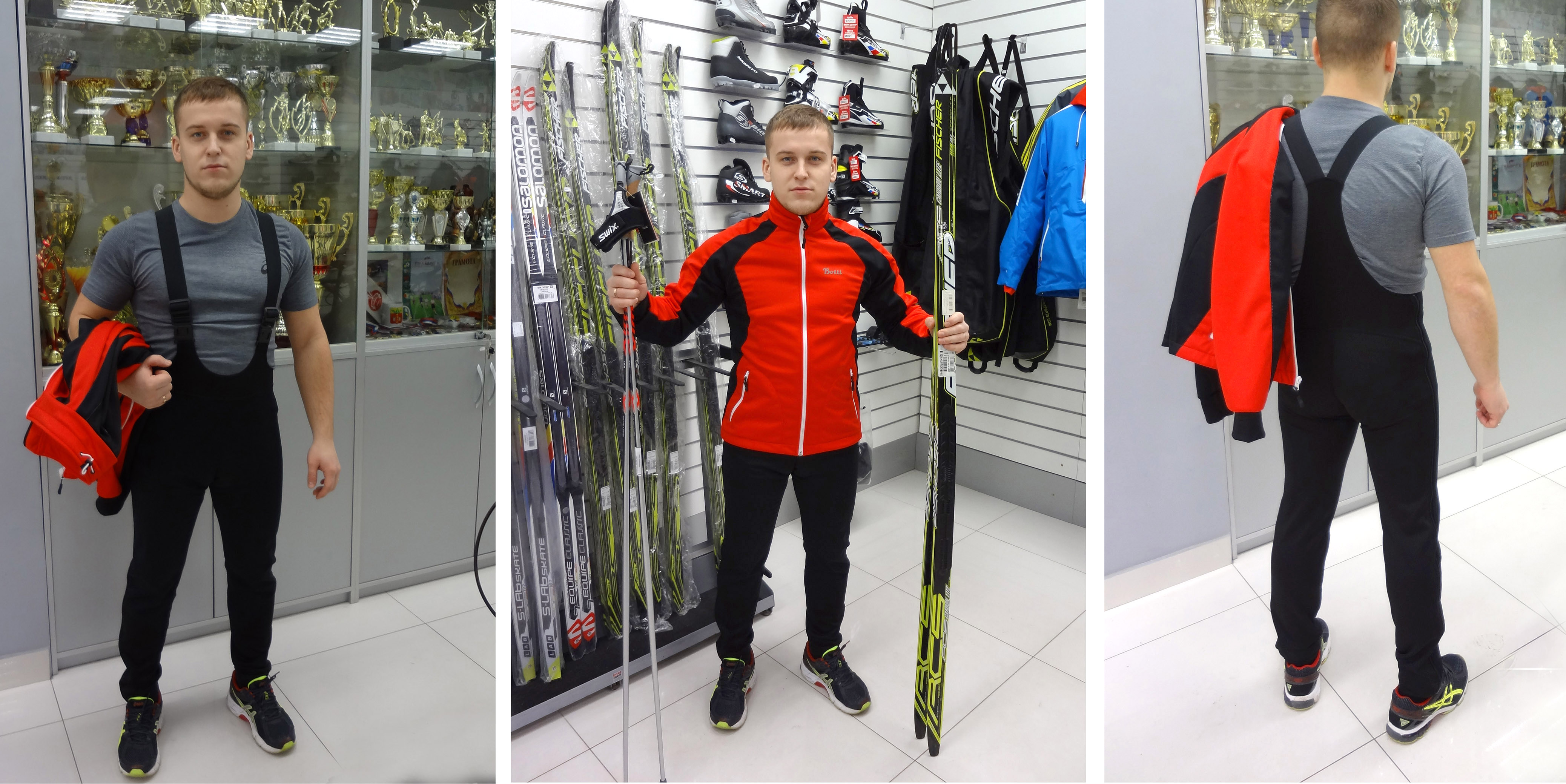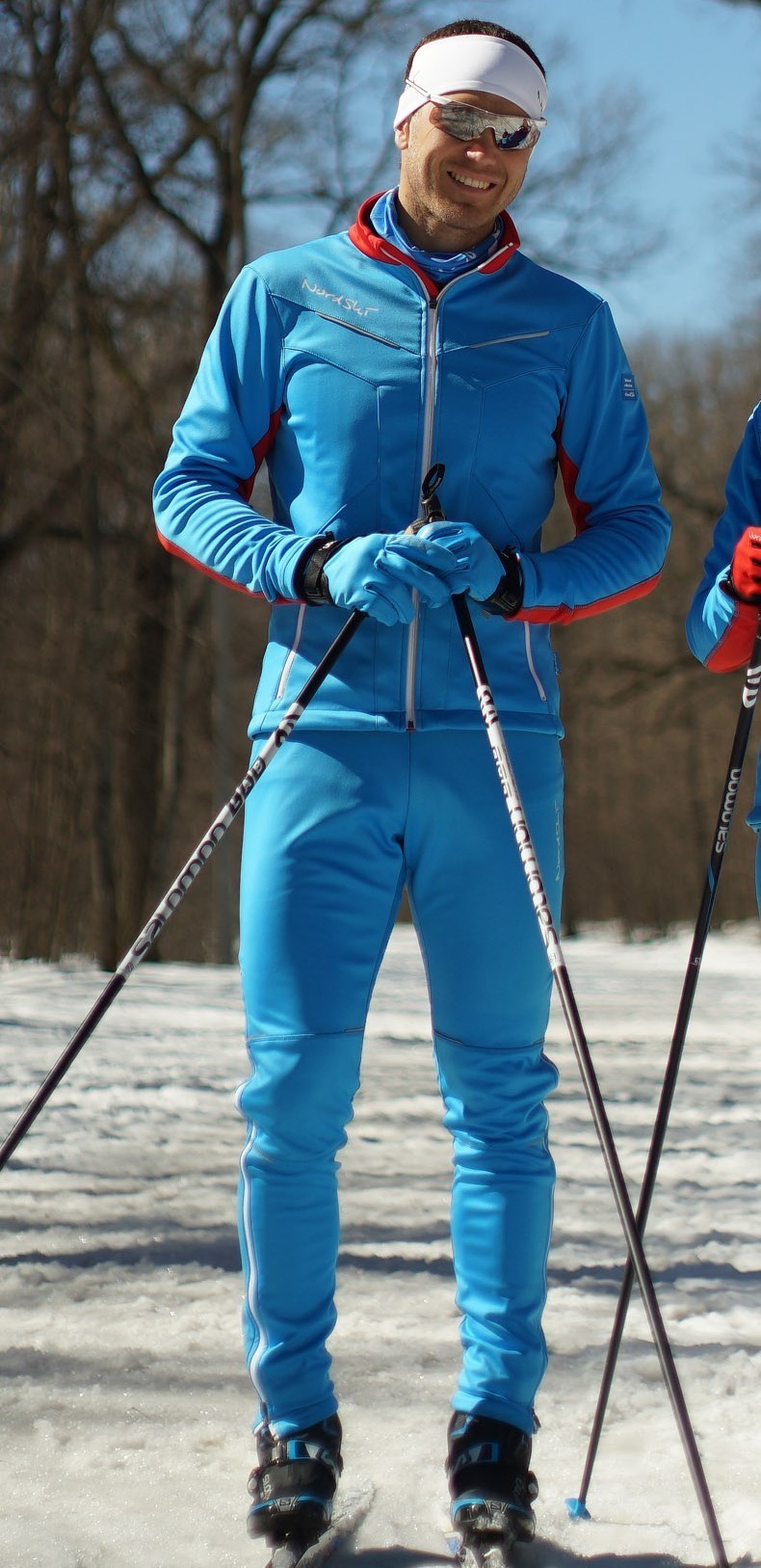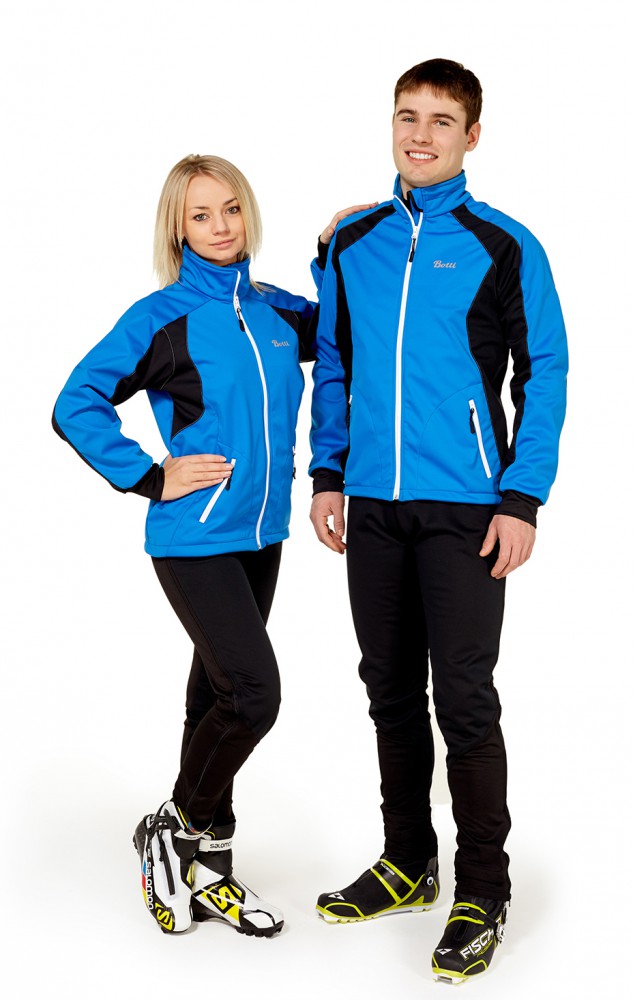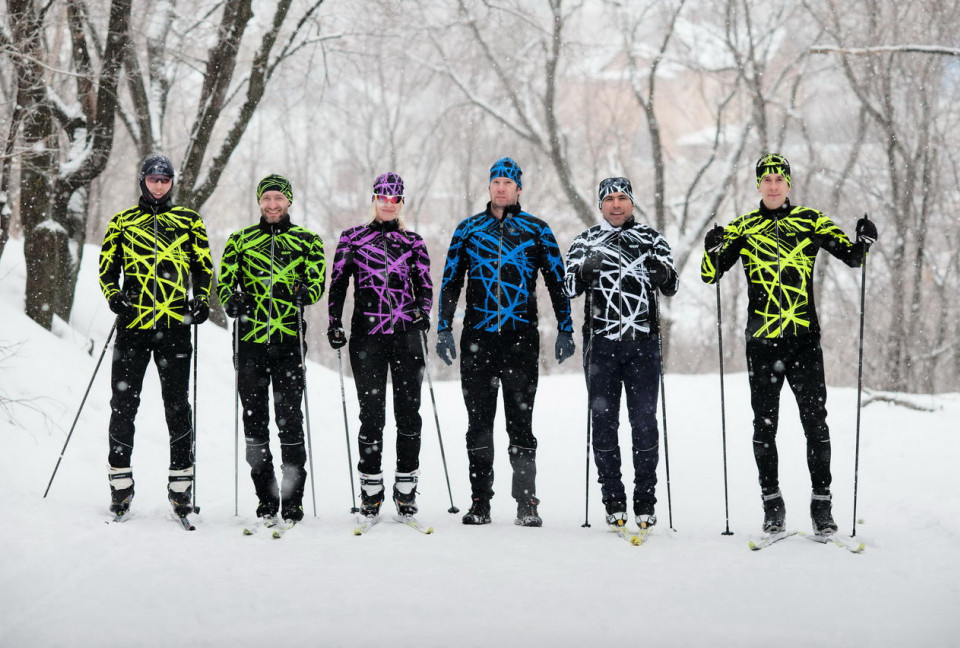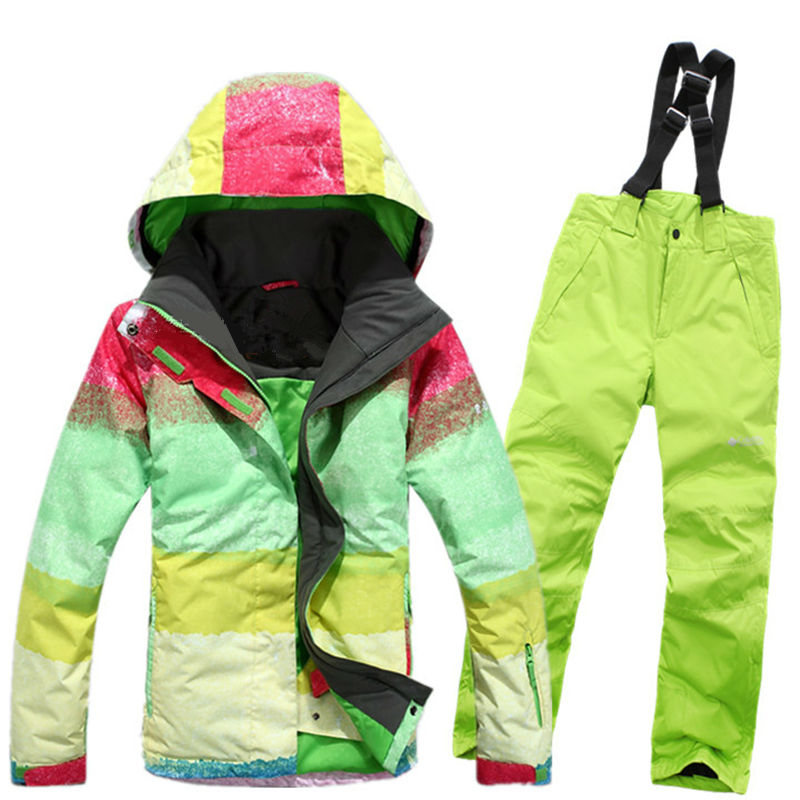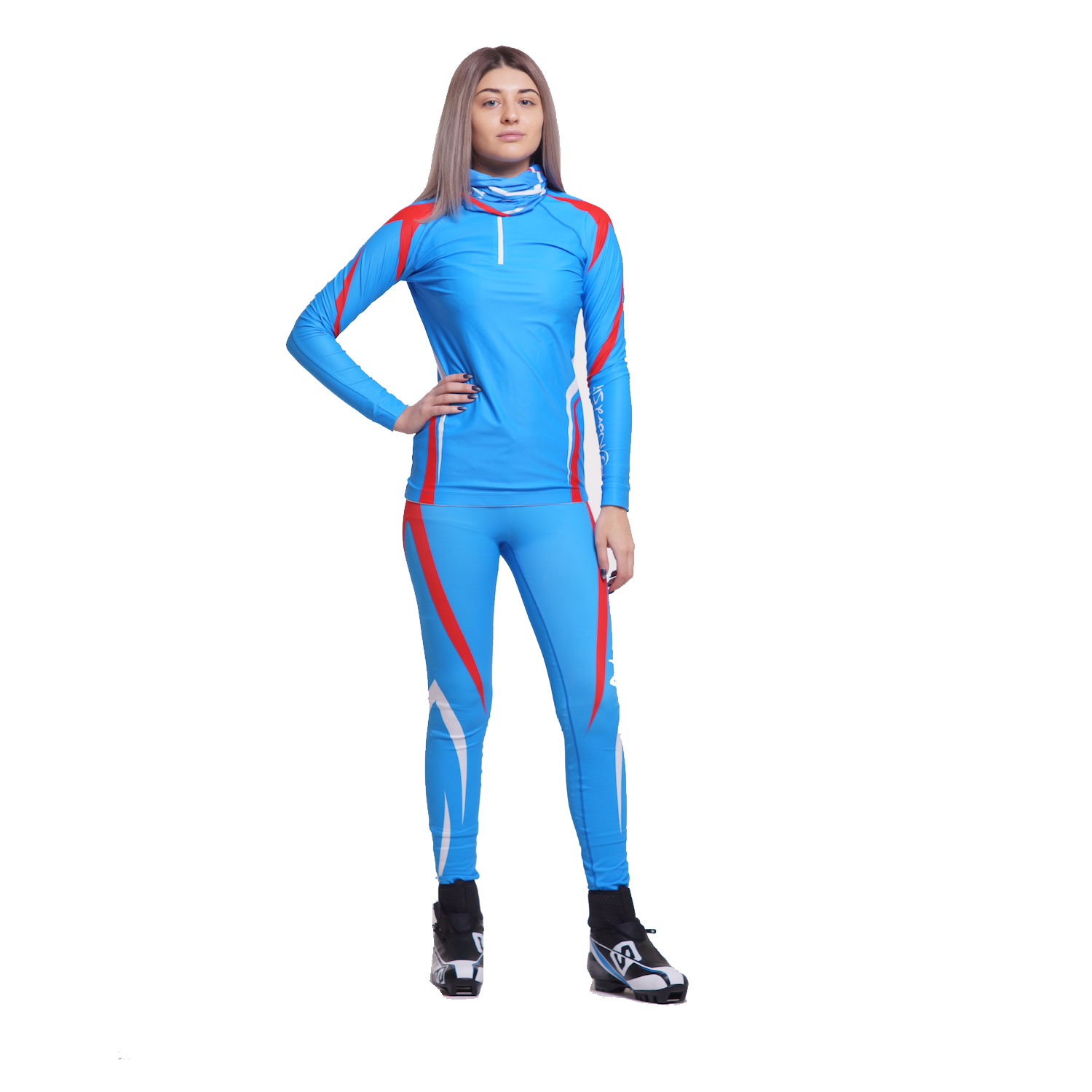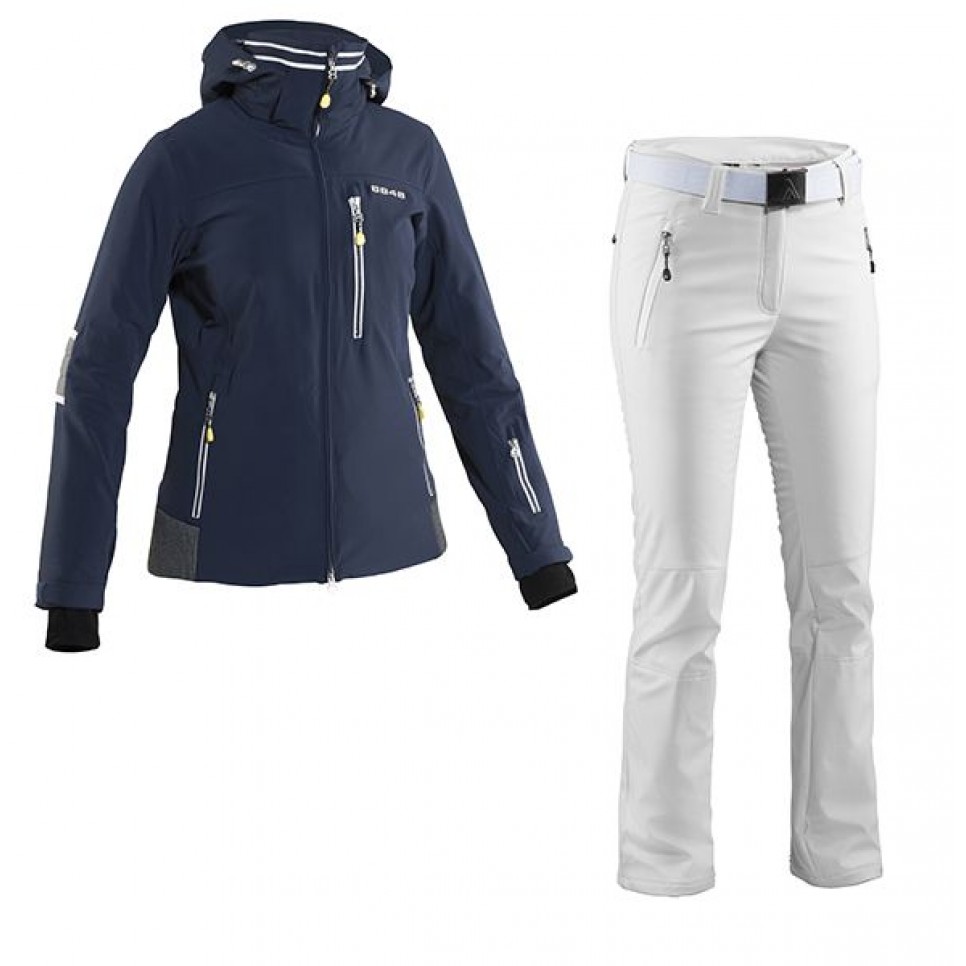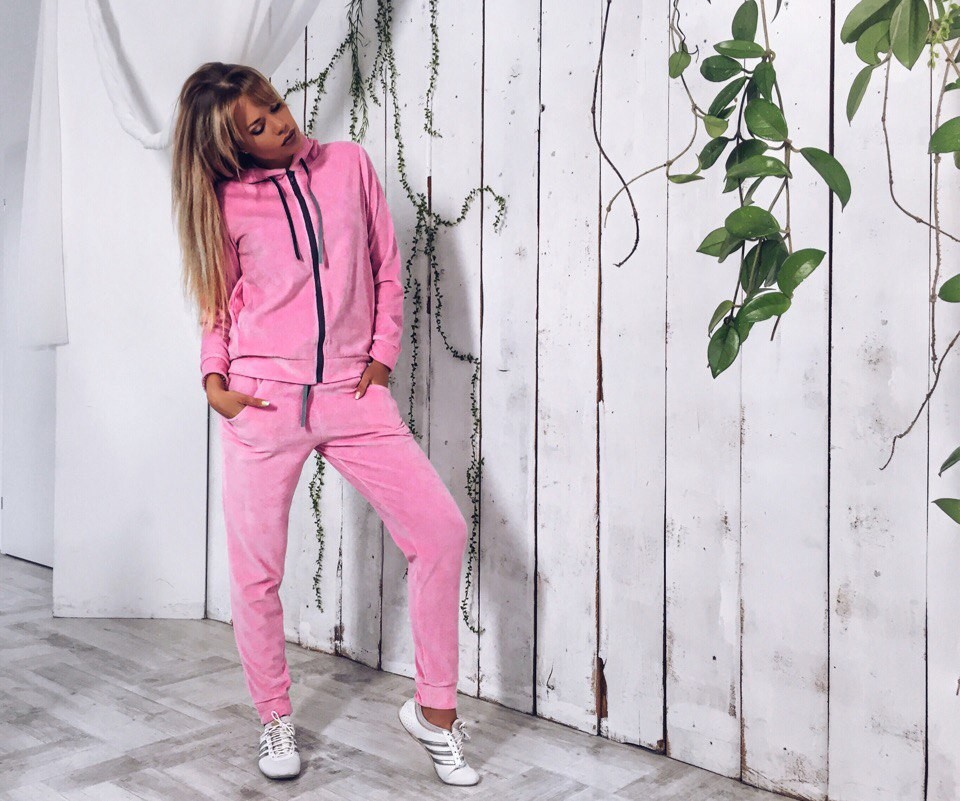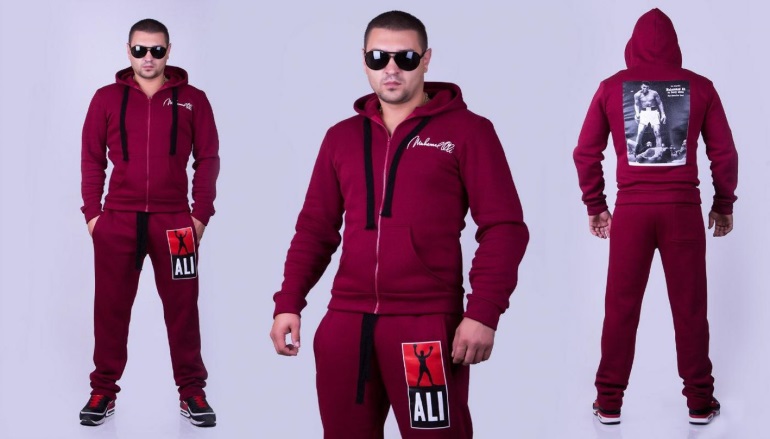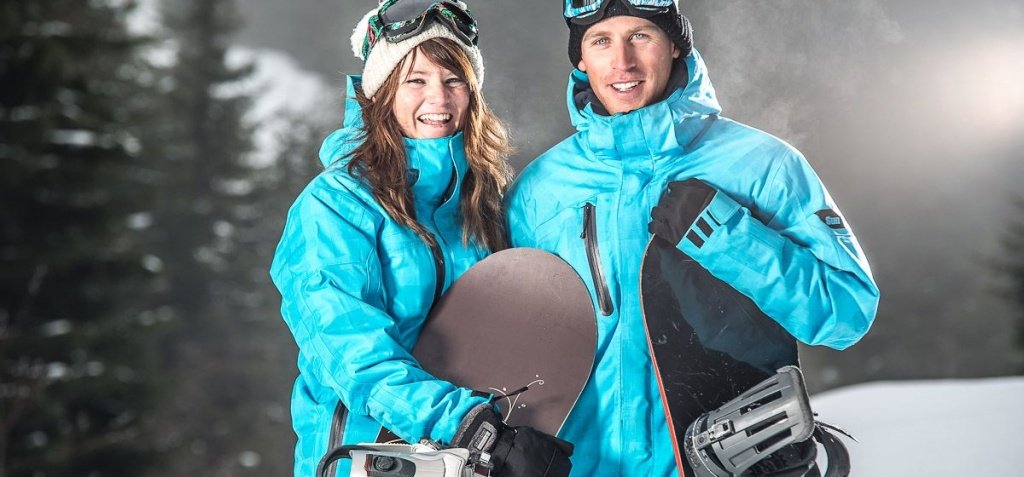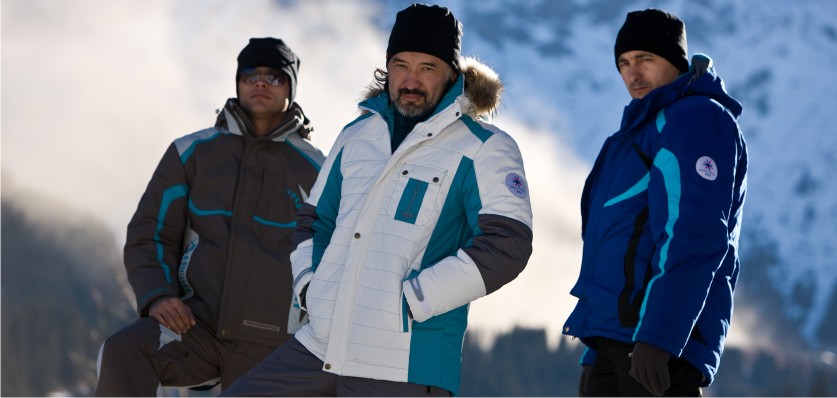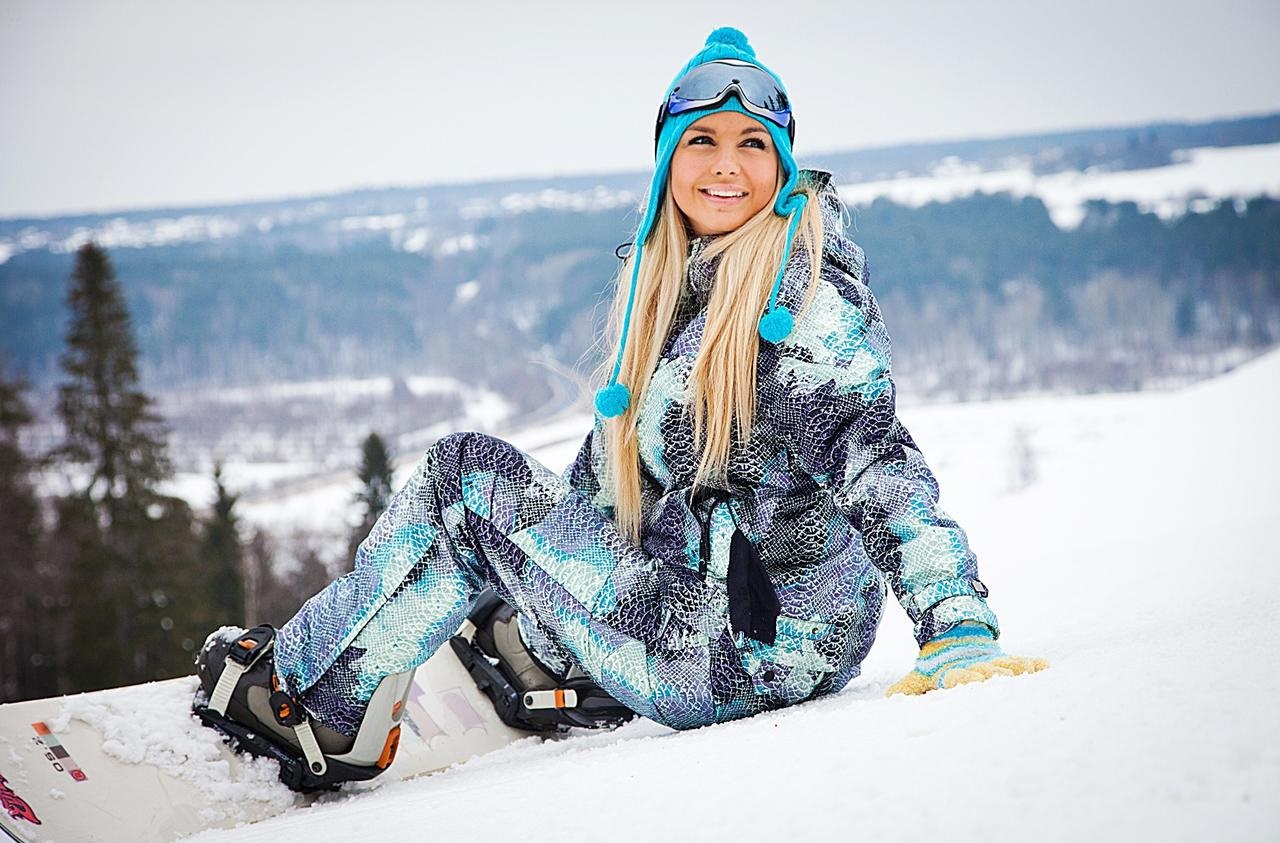Skiing is one of the most accessible sports in the cold season. It does not require special skills and is not very dangerous. In order for a ski trip to be enjoyable and not end in a cold, you need to choose the right equipment. It is better to leave a knitted sweater with jeans at home. Modern clothing for cross-country skiing is lightweight, does not restrict movement, and retains heat well. Today, manufacturers offer a large selection of models designed for skiing.
Requirements for clothing for sports
Skiing clothes should be slightly lighter than the weather requires. If you dress too warmly, you will feel hot and uncomfortable during a skiing trip. If the skier is not wearing special thermal underwear and a windproof jacket, there is a high probability of sweating and catching a cold. In addition, the experience of the skier is important. The higher the running speed, the less insulated the suit should be.
The days when everyday clothes were used for skiing are long gone. Of course, if the goal is a short, slow jog in a nearby park a couple of times a season, you don’t need to buy special equipment. However, even in this case, it’s better to choose clothes that don’t retain moisture. It is advisable to choose a jacket and trousers with a waterproof coating.
If the destination is far away and there is no opportunity to change, you can put on a regular jacket instead of a ski jacket. This will keep you warm on the road and at the same time prevent you from sweating while skiing. However, this is not the best option. If conditions allow, it is better to take a sports jacket with you and change it on the spot.
For non-professionals, tight-fitting ski clothes are of no use. However, they should be comfortable in any case: not restrict movement, but not baggy either. If skiing is rare, you can choose an inexpensive option with down or synthetic padding. But such clothes are not suitable for regular use - when washed, the thermal insulation properties of these materials are significantly reduced.
In addition, when making ski clothing, manufacturers use many little things that make it more comfortable. For example, to prevent anything from falling out of the pockets, they are equipped with zippers. And to make it easy to unzip at any time without taking off mittens or gloves, the runner is equipped with a large tongue. To protect the neck and throat, ski clothing is equipped with a high insulated collar. To prevent snow from getting in, cuffs are made. A special cut of the jacket with an elongated back reliably protects the back.
Women's ski clothing is often brightly colored. Women's clothing is often tighter fitting. Sometimes the suits are provided with an additional knitted lining.
Children's ski clothes will be too small for a young athlete in a year or two. Therefore, it is not necessary to buy a special suit for small children; comfortable children's clothes will do. But children often fall at the beginning of their training, so it is advisable to choose outerwear made of waterproof materials.
Existing options
Two options of clothing for skiing and competitions - overalls and suits.
Overalls
This type of clothing is most often chosen during professional competitions. It fits tightly to the body, so nothing prevents skiers from developing high speed. Another feature of this fit is that a second layer of clothing is usually not worn under the suit - only thermal underwear. The clothing has a laconic cut, it has no pockets or other decorative elements. To make the tight-fitting suit easier to put on, additional zippers are sewn into it (on the side, on the sleeves or on the back).
Costume
Professional athletes wear a jacket and trousers set for training. Amateurs can always ski in it, it is more convenient for them. Depending on the activity of the skier, the weather and the duration of the walk, you can choose a warmer or thinner set, and also combine different trousers and a jacket.
For skiing, it is better to choose pants with a high waist and straps. This will securely fix the pants, prevent them from slipping down during active movements and when falling. In addition, a high waist will prevent the lower back from being exposed.
The need for three layers
Whether you're planning a light skiing trip to a local park or taking part in a competition, your gear should consist of several layers:
- thermal underwear — its function is to remove moisture from the body. If earlier the first layer of clothing was recommended to be made of natural materials, today thermal underwear is made of synthetics. Such clothing helps to keep the body dry even during intense exercise. In addition to the fact that thermal underwear removes sweat, it dries quickly. It is not advisable to replace it with cotton T-shirts — natural fabric quickly absorbs moisture and dries slowly. The result will be either discomfort due to exercise in wet clothes, or hypothermia and illness;
- warm clothing. The purpose of this layer is to maintain body temperature. Its use is individual. If the weather is warm and the loads are expected to be intense, many skiers refuse it altogether. Most often, fleece clothing is worn over thermal underwear. The advantage of this material, in addition to its affordable price, is additional moisture wicking. When there is no fleece jacket, it can be replaced with other warm clothing, preferably made of blended fabric;
- overalls or a jacket with pants. For professional athletes, durability, elasticity, the ability to wick away moisture and keep out cold air are paramount. Skiers do not need to warm up during the race – physical activity warms them up on its own. Therefore, it is enough to maintain body temperature, preventing it from cooling down. But for amateurs, the ability of outerwear to warm is much more important. Since legs, unlike the body, cannot be protected by an intermediate layer of clothing, ski pants are fleece on the inside.
For additional warmth, skiers can use a vest. Here it is necessary to select a set of clothes so that in the end it is not too bulky and does not restrict movement.
The importance of the material used
Skiing clothes are made from high-tech softshell membrane materials. Such fabrics consist of several layers, which allow evaporation to escape from the inside, while not letting moisture through from the outside. This provides protection from adverse weather conditions - wind, low temperatures, precipitation.
In addition, a combination of different types of materials is used in the production of ski jackets. The back of the clothes has inserts that allow additional moisture removal. The front of the jacket reliably protects from the wind. The seams on the inside are additionally glued to maintain maximum thermal insulation. Thus, the skier is provided with comfort and protection from hypothermia.
Ski clothing is equipped with special devices that improve its functionality. These are inserts that increase the wear resistance of the product in the most vulnerable places, such as the knees. Manufacturers also use side inserts made of elastic materials for greater comfort while moving.
Additional accessories
In addition to a suit, you need to stock up on accessories for a ski trip:
- glasses will protect your eyes from wind, snow and sun. This accessory is not necessary for skiers, but it significantly increases comfort while running;
- gloves - professional ones are made of water-repellent material, and on the back side it is denser than on the palm. In turn, the palm is often provided with an anti-slip coating to make it more comfortable to hold the poles, and they make it more durable. But if you don’t have such gloves, you can use regular ones. In cold weather, mittens are preferable - in them, hands freeze less, because the fingers warm up against each other. In warm weather, many do without them at all.
- headwear - depending on weather conditions and preferences, this can be a hat or a headband. In cold weather, for additional insulation, wear a balaclava - a helmet with a hole for the face, combining a scarf and a headdress. Also popular are buff bandanas - a type of tube scarf that allows you to protect your cheeks and chin from the cold;
- shoes and socks are no less important for comfort than skier's clothes. Boots should be slightly larger than everyday shoes. It is also better to buy special socks made of moisture-wicking materials. But they should be warm enough. Sports brand socks contain wool, which allows you to use one pair during skiing. If you wear two pairs of socks, it is better not to use cotton ones. They get wet quickly and take a long time to dry, so the risk of freezing increases. In addition, it is easier to rub your feet in wet socks;
- Ski boot covers. In cold weather, they provide additional warmth for your feet.
Amateur skiers need less special accessories. For regular walks, a hat and gloves used every day are quite enough. Professional equipment makes sense for those who devote a lot of time to their hobby or participate in any competitions.
Skiing is a great way to spend time in winter and improve your health. To avoid getting hypothermia and a cold during your skiing trip, it is important to choose the right equipment. It is not necessary to choose expensive professional models, the main thing to remember is that the inner layer should wick away moisture from the body, and the outer layer should protect from the wind. Properly chosen clothing will allow you to comfortably engage in your favorite sport in both frost and thaw.
Video

